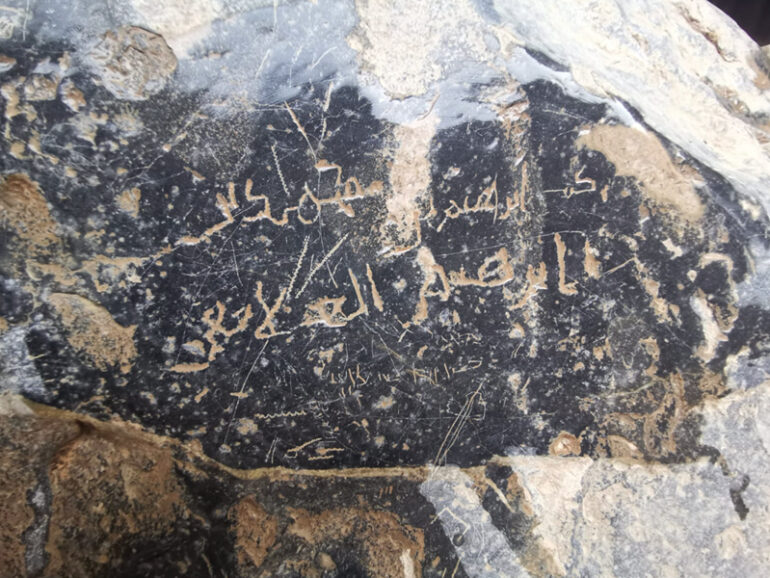
Rustaq – Rock carvings, among the oldest forms of human expression, continue to present insights into ancient life, beliefs and environmental changes. In Oman, researchers say these carvings are a unique archive of history, reflecting the region’s role as a meeting point of civilisations and trade routes. Harith bin Saif al Kharousi, a specialist in […]
Rustaq – Rock carvings, among the oldest forms of human expression, continue to present insights into ancient life, beliefs and environmental changes. In Oman, researchers say these carvings are a unique archive of history, reflecting the region’s role as a meeting point of civilisations and trade routes.
Harith bin Saif al Kharousi, a specialist in rock art and Omani history, said the country’s strategic location made it a significant site for such engravings. “Stone drawings documented human events in Oman and described their lives, battles and trade routes,” he told ONA.
Kharousi explained that early humans carved depictions of themselves and the animals they hunted, often expressing their beliefs and personal attributes through these visuals. “This art is an important human archive that cannot be ignored. It needs people to study and uncover its details.”
He noted that rock art in Oman mirrors global trends, chronicling changing human activity across eras shaped by climate and social shifts. Carvings were scarce during the Ice Age but resurged in the Bronze Age as populations and prey increased. “We can represent this cycle like night and day, winter and summer, hardship and ease,” he said.
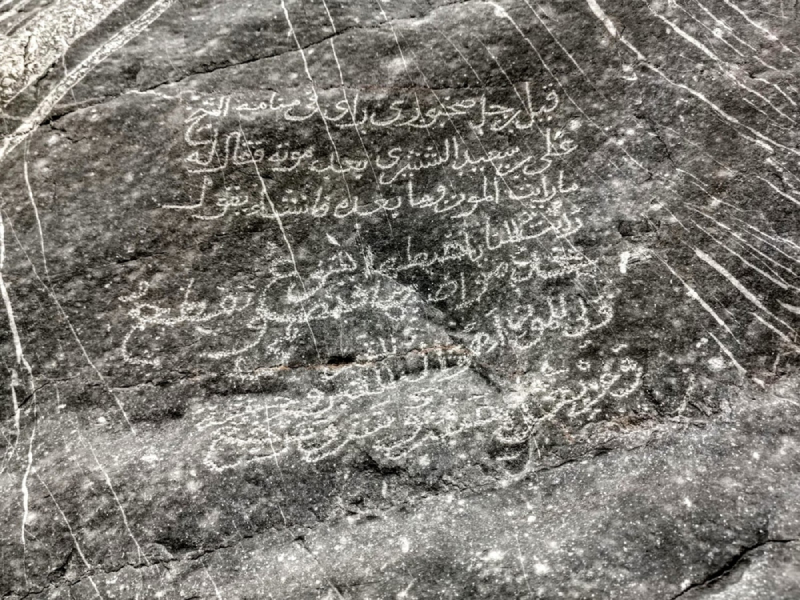
Inscriptions found across the country depict animals like elephants, crocodiles and lions, pointing to a time when Oman’s climate and ecology were vastly different. They also show details of professions, tools, clothing, warcraft and modes of transport – including ships carved into rocks hundreds of kilometres from the sea.
“These inscriptions also reflect early beliefs tied to celestial bodies, which people saw as hidden forces behind the universe,” Kharousi added.
He said rock art plays a role in shaping identity and cultural understanding. “This heritage can strengthen national identity and promote dialogue among people. It is a shared human language.”
Highlighting his fieldwork in South Batinah, Kharousi said the governorate’s coastal location and link to Dakhliyah made it a historic corridor for caravans and travellers. Many inscriptions in the area use an early Arabic script known as Old Omani script, recently identified in ongoing explorations.
In Al Hajir village in Wadi Bani Kharous, researchers found numerous inscriptions left by travellers during the early Islamic period, often including names and personal notes.
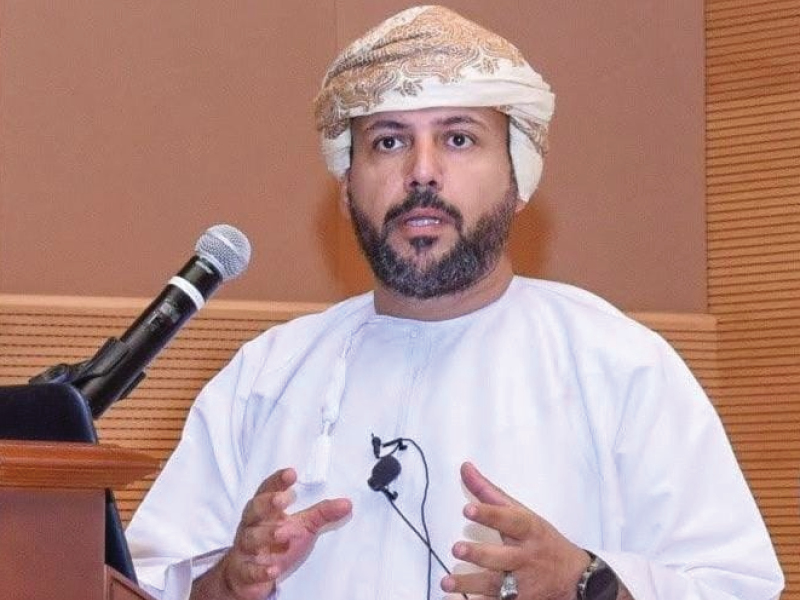
Kharousi has documented his research in the book Between History, Archaeology and Geology, describing Oman’s rock art as a “stone memory” that captures the essence of civilisational exchange in the region. “It reflects Oman’s connection to other civilisations and reconstructs the reality of life as it was thousands of years ago,” he said.


 Oman’s Higher Education Minister explores academic partnerships in Italy
Oman’s Higher Education Minister explores academic partnerships in Italy
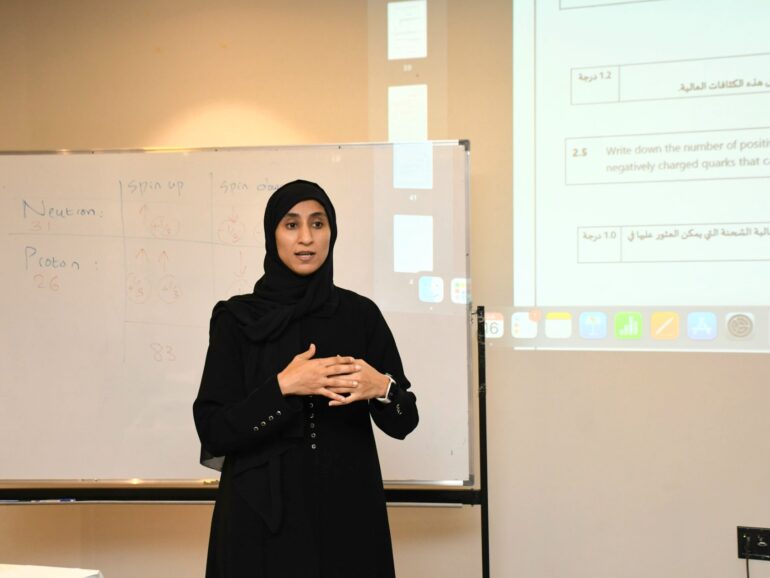 Oman launches training camp for International Nuclear Science Olympiad
Oman launches training camp for International Nuclear Science Olympiad
 Youth Centre Partners with OOMCO and Nikon to empower Omani freelancers and photographers
Youth Centre Partners with OOMCO and Nikon to empower Omani freelancers and photographers
 Sultanate of Oman strongly condemns Israeli attacks in Syria
Sultanate of Oman strongly condemns Israeli attacks in Syria
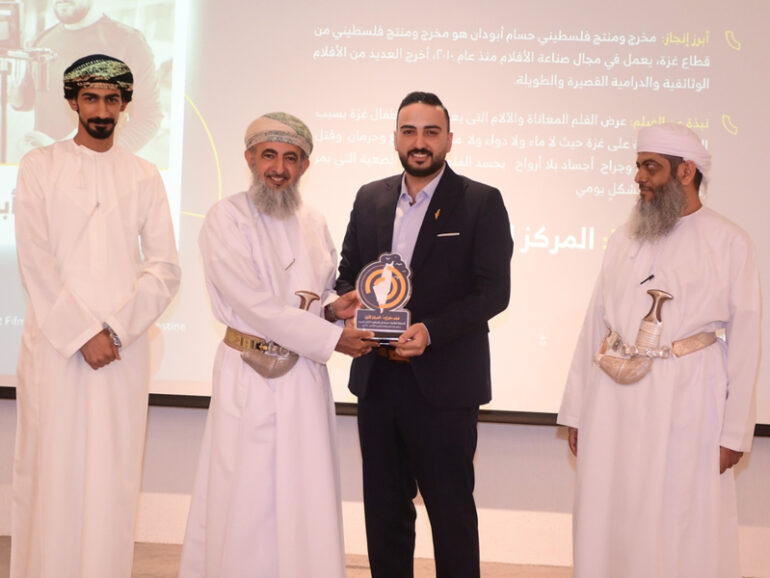 Oman hosts film contest dedicated to Palestine
Oman hosts film contest dedicated to Palestine
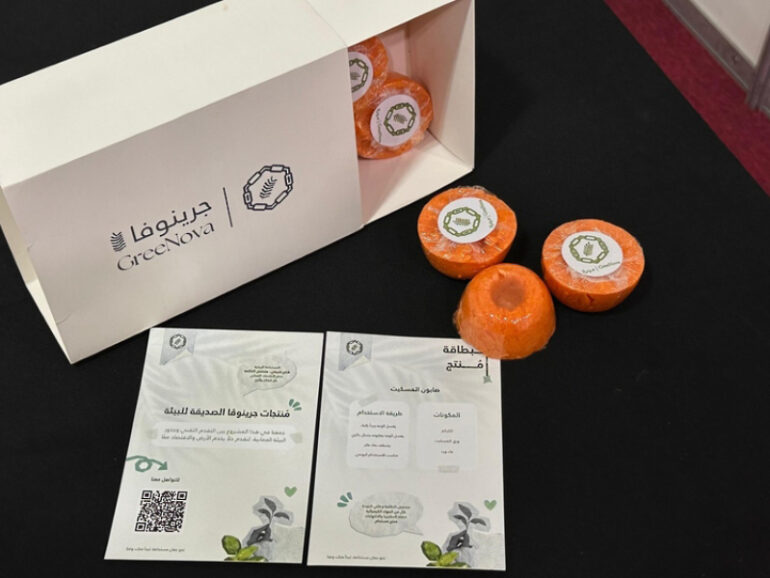 Omani student company turns invasive tree into green gold
Omani student company turns invasive tree into green gold